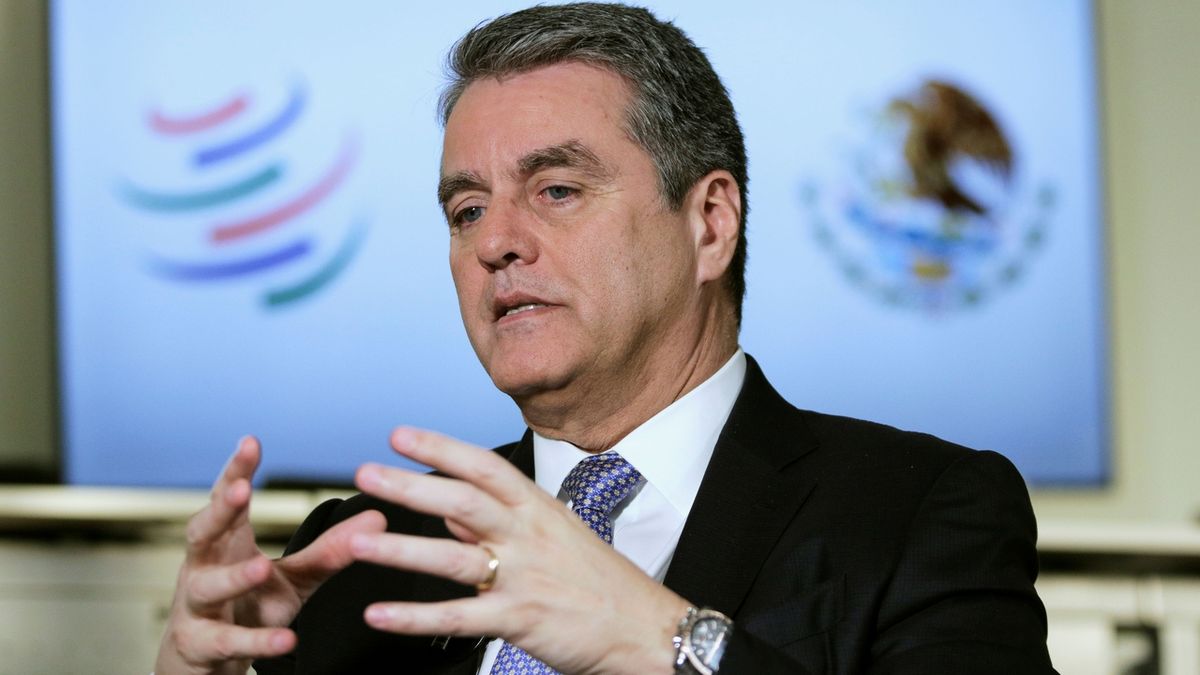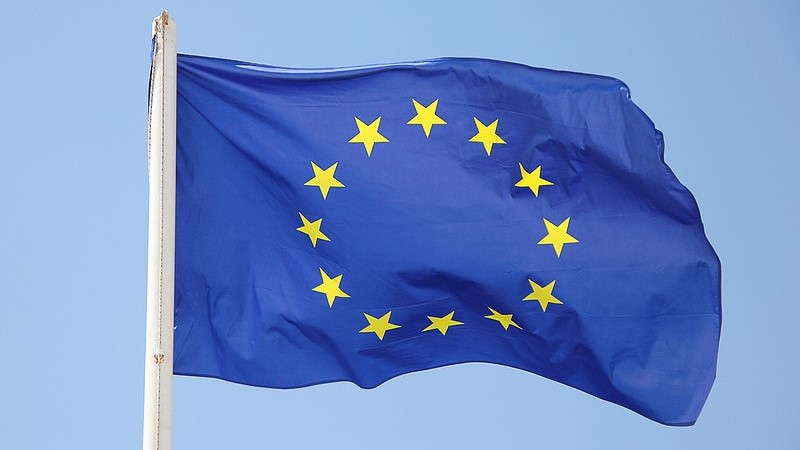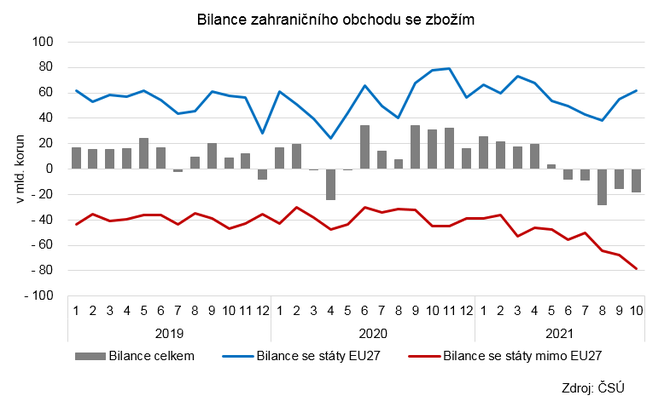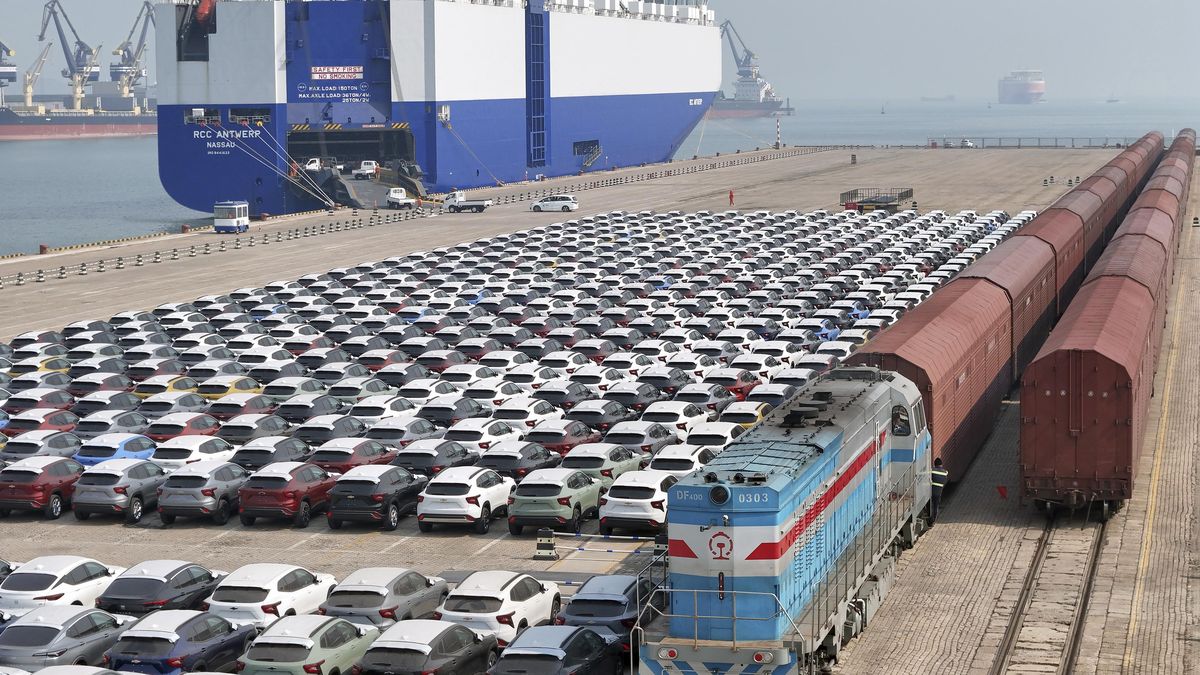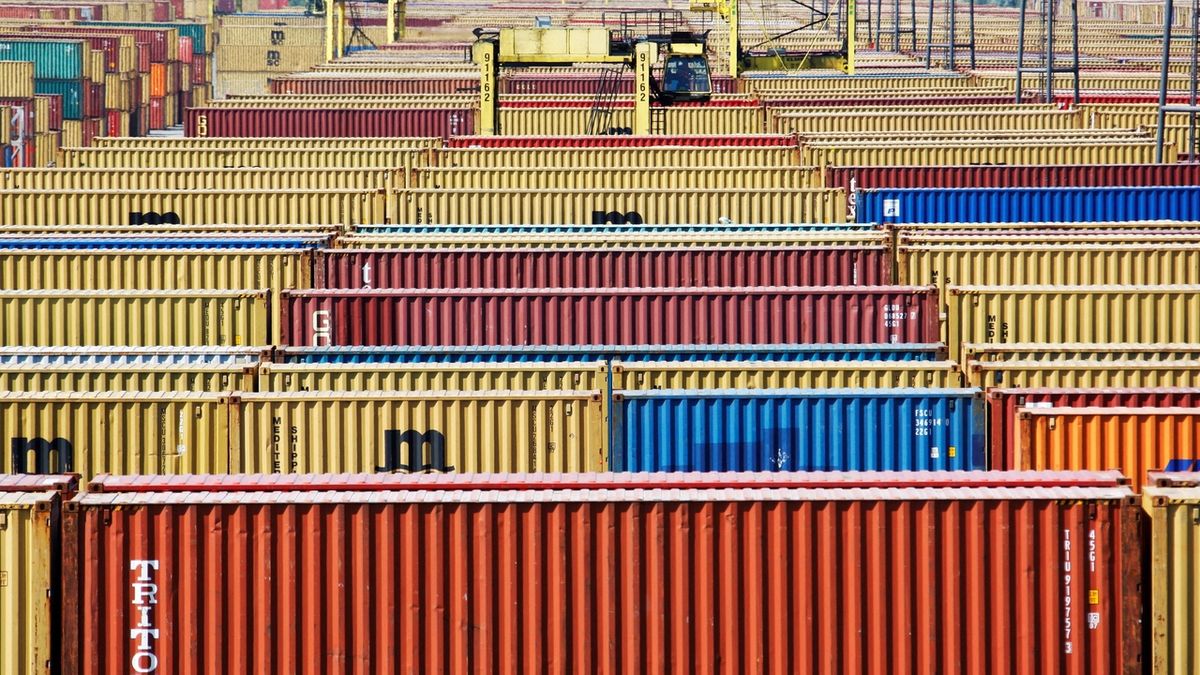Photo author: Alan Santos, CC BY 2.0|Information: Member of the BRICS economic group
The BRICS economic community, which includes strong players such as China, India and Russia, works with its own currency in a bid to put dollar dominance behind the world.
There is a possibility that the countries that are members of the BRICS economic group will pay each other with the new currency. All this in the fight against dollar domination and in light of Western sanctions, which in a number of packages hit the Russian economy hard, as Vladimir Putin acknowledged a few days ago.
The dollar as a currency has traditionally been used in international commerce and transactions for a decade, but this may change in some parts of the world in the near future as the dominance of the dollar, and therefore America, may at least be disrupted. Efforts to “de-dollarize” found fertile ground especially after Russia ordered a military invasion of Ukraine.
Certain “anti-dollar” attacks have been hinted at by Putin, who after the invasion first indicated that gas would be paid for exclusively in rubles and not in dollars, which, instead, flagrantly violated existing contracts, only to then reverse course. .
Efforts to push the dollar as the dominant currency in international trade were also emphasized by the former deputy chairman of the Russian Duma and MP Alexander Babakov, who stated that the countries belonging to the BRICS group are working to create new media for payments or business transactions, all of which are then based on strategy , which in practice does not take into account the dollar or euro as an intermediary.
But no matter how tempting it may be to launch a new currency, from the point of view of Western sanctions in the case of Russia, however enforced, the situation is in fact more complicated. Specifically, we mean the China-India border dispute. It is a big question mark whether India wants to create a parallel economy and a new dollar-free currency with China. Moreover, India is already straddling East and West, and recently there were reports that it is interested in acquiring the F-35 aircraft.
In the case of China and Brazil, which are part of the BRICS, progress could be noticeably easier toward dismantling the dollar. In 2021, China is Brazil’s largest trading partner. Beijing wants to consolidate and expand its influence in South American countries, and they have made no secret of this. According to some media, the countries have reached a mutual agreement, which in practice means they will trade in their respective currencies, namely yuan and real. The agreement would allow the two countries to conduct financial and trade transactions directly, currency for currency, eliminating the dollar as a middleman.
As a result, according to Brazil, this fact will help reduce costs, develop more massive mutual trade and facilitate investment actions. In this context, let’s add that the trade balances of all the most important countries in the BRICS – China, India and Russia – are improving, and trading in dollars is complicated and makes them more expensive. Moreover, in the long term, China wants to make the yuan into an internationally traded currency like the US dollar, euro or Japanese yen.
This, of course, becomes a question of whether it is possible to create an alternative currency within the BRICS framework that would effectively boost the dollar or reduce its global trading importance. According to its creators, the new currency from the BRICS “workshop” should reduce the world’s dependence on the dollar as well as on the euro. Whether that will work remains to be seen. However, the Sino-Indian contradiction shown above can complicate the situation and is at the same time a warning signal.
Sources: India Times, The Wall Street Journal

“Tv nerd. Passionate food specialist. Travel practitioner. Web guru. Hardcore zombieaholic. Unapologetic music fanatic.”






